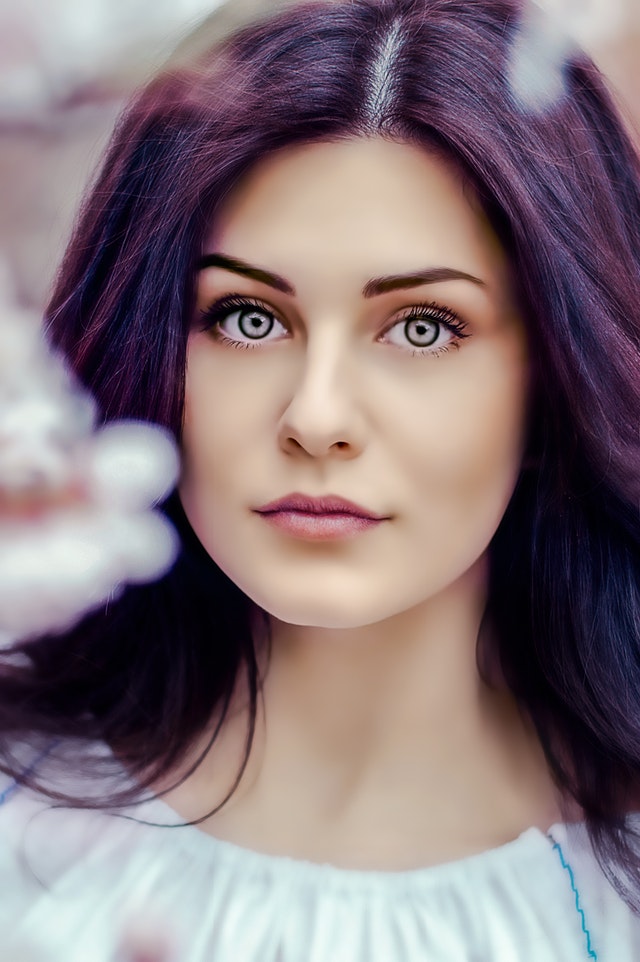krysta rodriguez still alive

دنیا کی مشہور فیشن ڈیزائنر اور مصنف "کرسڈا روڈریگز" نے کینسر کے مرض میں مبتلا ہونے کے بعد اپنے انتقال سے پہلے یہ تحریر لکھی ہے۔ 1۔ میرے پاس اپنے گیراج میں دنیا کی سب سے مہنگی برانڈ کار ہے لیکن اب میں وہیل چیئر پر سفر کرتی ہوں۔ 2. میرا گھر ہر طرح کے ڈیزائنر کپڑے ، جوتے اور قیمتی سامان سے بھرا ہوا ہے۔ لیکن میرا جسم اسپتال کی فراہم کردہ ایک چھوٹی سی چادر میں لپیٹا ہوا ہے۔ 3. بینک میں کافی رقم ہے۔ لیکن اب اس رقم سے مجھے کوئی فائدہ نہیں ہو رہا ہے۔ 4. میرا گھر محل کی طرح ہے لیکن میں اسپتال میں ڈبل سائز کے بستر میں پڑی ہوں۔ 5. میں ایک فائیو اسٹار ہوٹل سے دوسرے فائیو اسٹار ہوٹل میں جاسکتی ہوں ۔ لیکن اب میں اسپتال میں ایک لیب سے دوسری لیب میں جاتے ہوئے وقت گزارتی ہوں۔ 6. میں نے سینکڑوں لوگوں کو آٹوگراف دیے۔ آج ڈاکٹر کا نوٹ میرا آٹوگراف ہے۔ 7. میرے بالوں کو سجانے کے لئے میرے پاس سات بیوٹیشنز تھیں - آج میرے سر پر ایک بال تک نہیں ہے۔ 8. نجی جیٹ پر ، میں جہاں چاہتی ہوں اڑ سکتی ہوں۔ لیکن اب مجھے اسپتال کے برآمدے میں جانے کے لئے دو افراد کی مدد کی ضرورت ہوتی ہے ۔ 9.اگرچہ بہت ساری کھانوں...




